Reportar esta entrada
Más sobre la misma comunidad-colección
Bank of the West celebra décimo aniversario
2000: Bank of the West celebrates its 10th anniversary. It has ...
Bank of the West nombrado Banco Comunitario de Mejor Rendimiento
2011: WestStar Bank Holding Co., Inc. (parent company of Bank of ...
Bank of the West abre el noveno centro bancario
2011: With its newest location in Central El Paso, Bank of the ...
Bank of the West cambia de nombre a WestStar Bank
2012: Bank of the West changes its name to WestStar Bank. The ...
WestStar Bank nombrado 14a Banco Comunitario de Mejor Ejecución en los Estados Unidos
2013: WestStar Bank receives the ranking of 14th Best Performing ...
WestStar Bank nombrado entre los 10 bancos tamaño mediano de mayor rendimiento
2014: WestStar Bank is named 10th Top Performing Midsize Bank in ...
WestStar Bank se traslada a la zona de Vista Hills
2014: WestStar Bank’s Montwood/Yarbrough branch moves to its ...
Recuerdo del programa del 34th Annual Sun Carnival
The back cover of the 1968-1969 Southwestern Sun Carnival ...
Carroza del desfile Sun Parade 1967
This 1967 Sun Parade float traveling on Montana St. was themed ...
Cuerpo técnico de fútbol de UTEP 1967
Picture featured in the 1967 Southwestern Sun Carnival Program ...
La flota "Pinocho" desfile Sun Parade 1969
1969 First place Sun Parade winner "Pinocchio" going through the ...
Flotas del desfile Sun Parade 1969
This 1969 "Carrousel" Float was the first to be brought by the ...
Portada de la 34a Annual Southwestern Sun Carnival Program
Since 1936, New Years in El Paso has been rung in by the Sun ...
Portada de la 33a Annual Southwestern Sun Carnival Program
Since 1936, New Years in El Paso has been rung in by the Sun ...
Horizonte del centro de El Paso 1967
Panorama of colorful El Paso Downtown skyline with mountains of ...
1967-1968 Sun Carnaval dama de honor Myra Flory Daugherty
18 year old Myra Flory Daugherty was Lady-In-Waiting during the ...
Srta. Nancy Adrienne Gauvreau
Miss Nancy Adrienne Gauvreau, graduate of Burges High School, is ...



















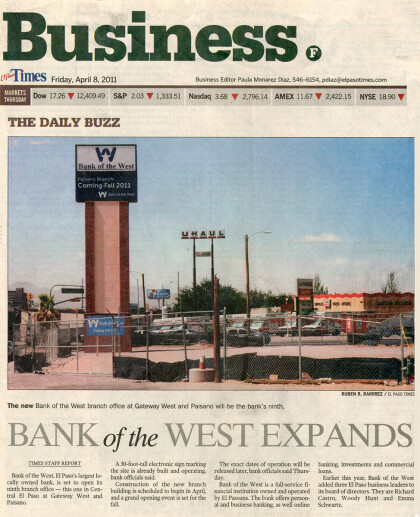



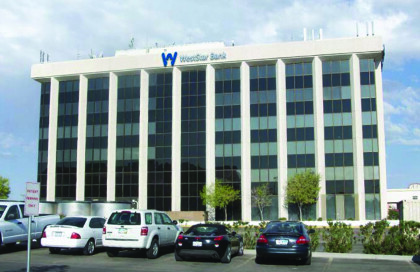


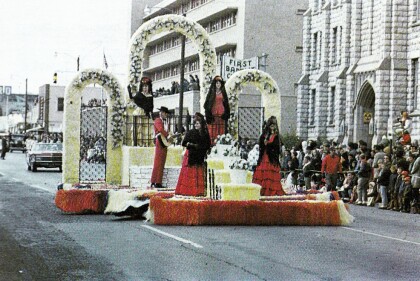
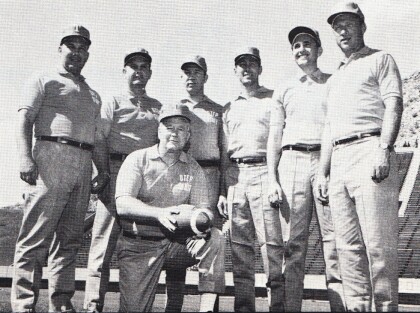

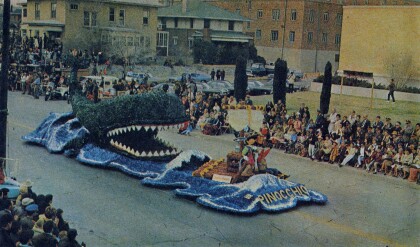
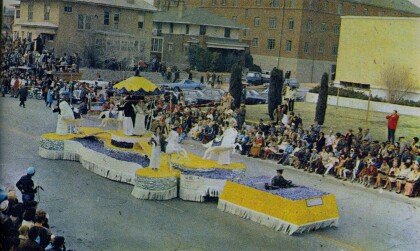
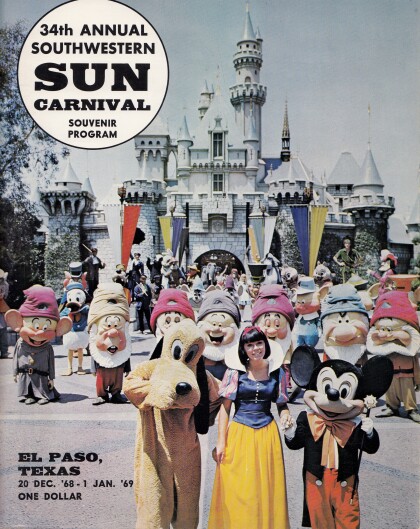
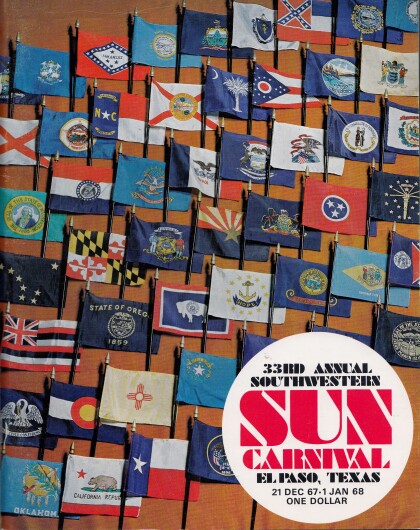
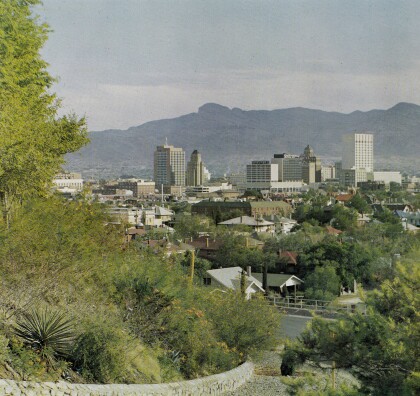






Comentarios
Hacer un comentario